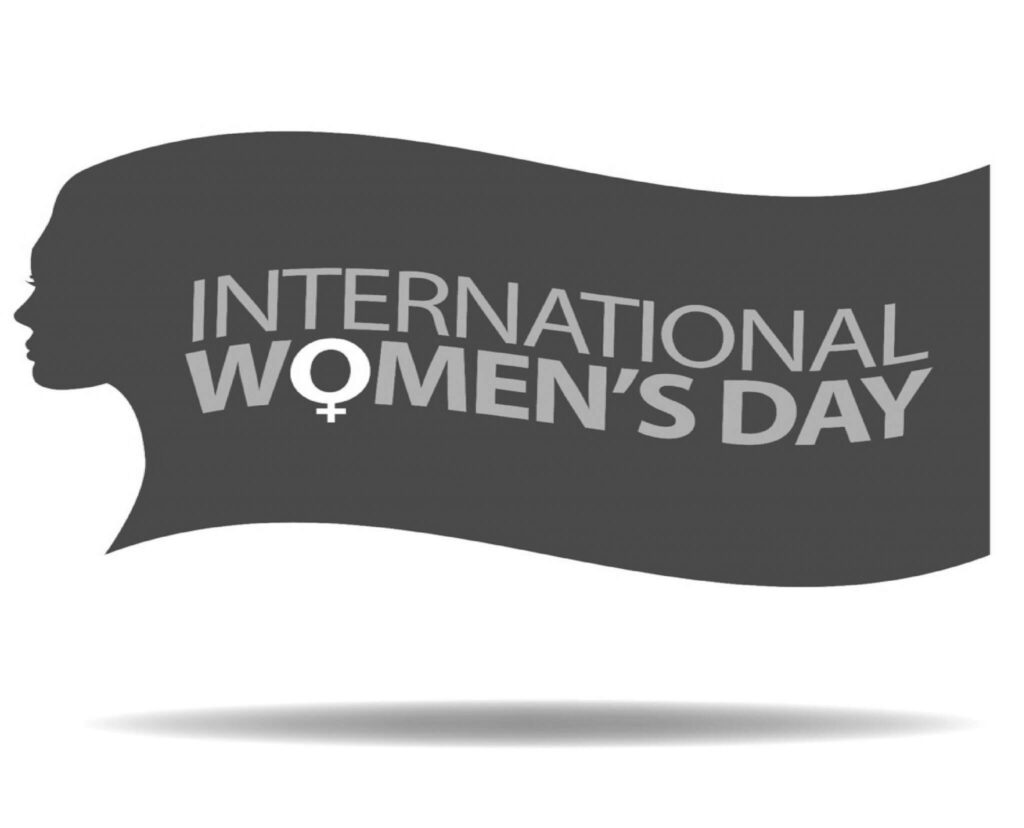Imagine your teacher has asked you and your friend to stack chairs on the desks at the end of the school day. You both stack the same amount of chairs and complete the job equally as well. Then your teacher comes over and hands you a reward, but you notice your friend is given two rewards. How would this make you feel? You would feel that this is unfair. The same thing is happening to women in the workplace every single day, and many people are not aware of it. Good morning/afternoon fellow classmates and teachers. Today, I am going to be informing you about the gender wage gap and trying to persuade you to agree that women should be paid equally to men, although I’m sure you won’t need much persuading.
This passage was the opening to my daughter’s recent speech she delivered to her class. Every year around this time, students have to create a persuasive speech to be presented to their fellow classmates. The assignment is to build confidence and strong presentation skills. The students are also asked to pick a topic that is personally meaningful to them.
My daughter picked a critically important one – the wage gap that still exists between men and women in the workplace.
As a thirteen year old, there were a lot of other topics she could have picked. But she picked this one. As I heard her rehearse for her presentation, I couldn’t help but wonder what the world of work would be like for her in a decade’s time? Will she still face a wage gap? Will she be limited in the opportunities available to her?
What is staggering to me is that this and other issues of diversity and inclusion have been with us for quite some time. When you see all the data, it’s clear that some progress is being made, but it is very minimal.
My colleague Tammy Heermann writes extensively about these issues and in particular how organizations are advancing leadership opportunities for women.
I believe that when people are confronted with big and pervasive problems, they find it hard to find a way to act on them. I actually don’t believe this is one of them.
Everyone in a leadership role (particularly the men reading this blog) has a fundamental obligation to pave the way for women leaders.
What are you doing in your own leadership role and with your own team?
My colleague, Tammy, would say that a lot of what works tends to focus on the behaviors of leaders.
- Are you a leader who promotes women into leadership roles?
- Do you provide opportunities for women to showcase their value to the organization?
- Would you be described by the women on your team as their champion?
- Are you creating teams and work environments that attract and retain women?
These are important questions that we must all ask ourselves, especially on International Women’s Day. This year’s theme is to #beboldforchange.
You can change things dramatically in the way you show up as a leader and through the support you provide for women trying to advance into leadership roles.
I will conclude my blog post with the last part of my daughter’s speech.
There is no excuse. There is no valid reason why women should be paid less than men. They go to school, earn their degrees. They work equally as hard, and in some cases, even harder. No one deserves to be treated unfairly because of his or her gender. It’s logical – we should all be treated equally, because we are all equal.
Over the past 30 years, the percentage of working women has increased from around 42% to around 60%, completely changing the workforce. I believe it’s time to change our habits. It’s time to give working women the rewards they deserve; it is time to make everyone equal.
What are you doing to pave the way for women leaders?
Gut Check For Leaders








